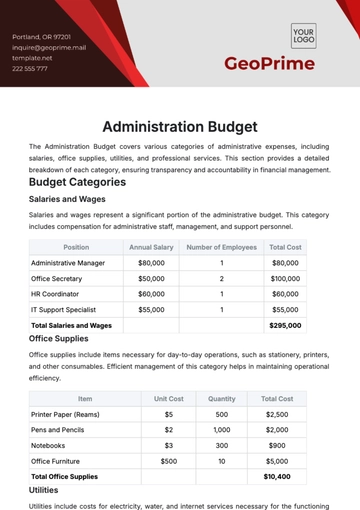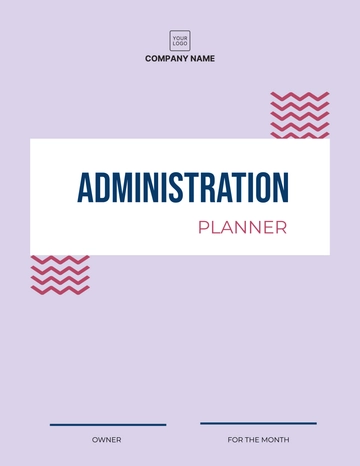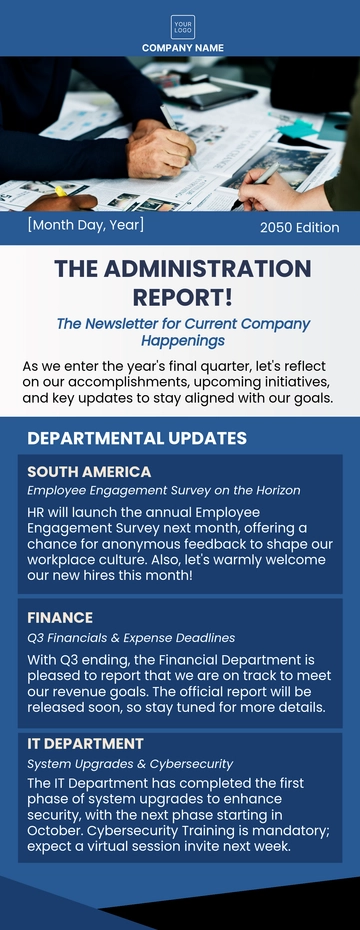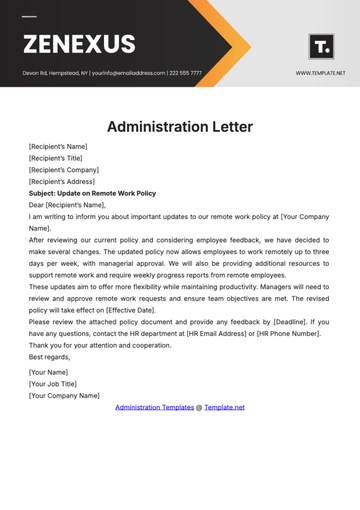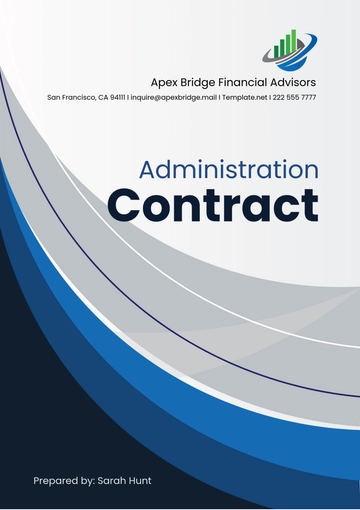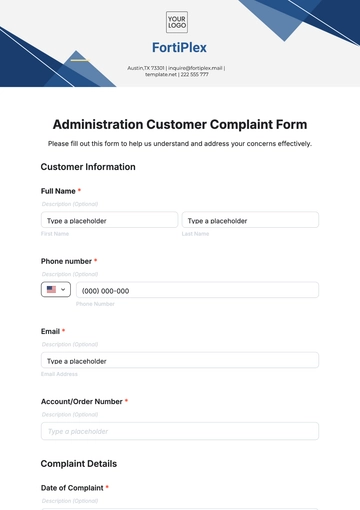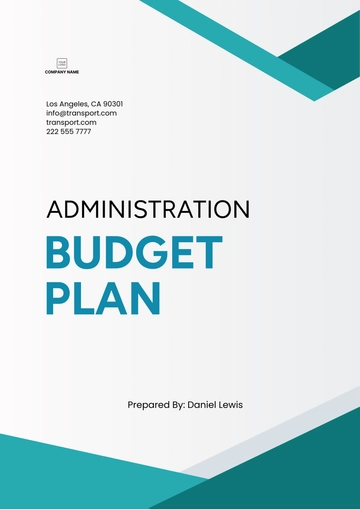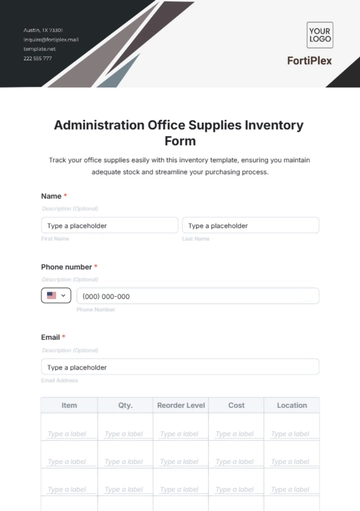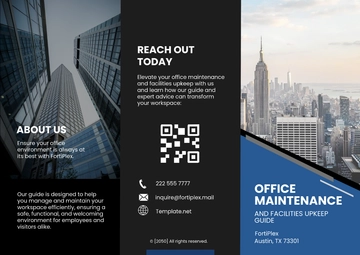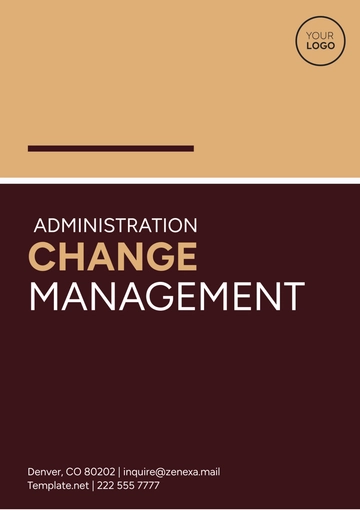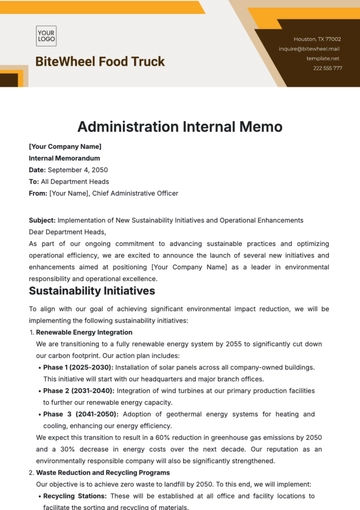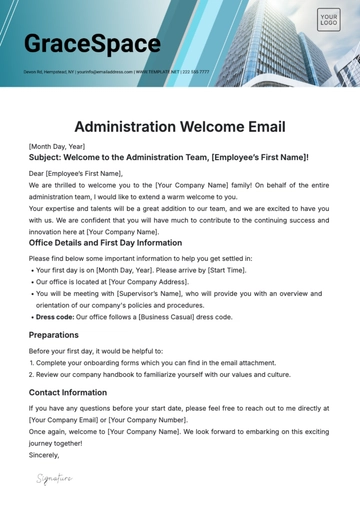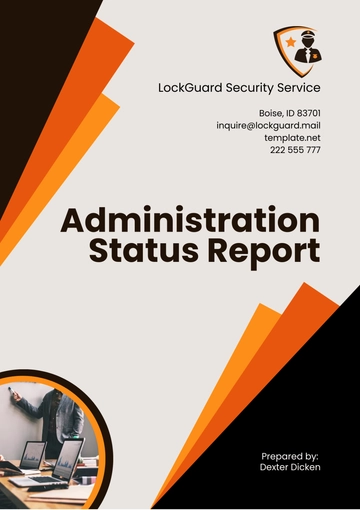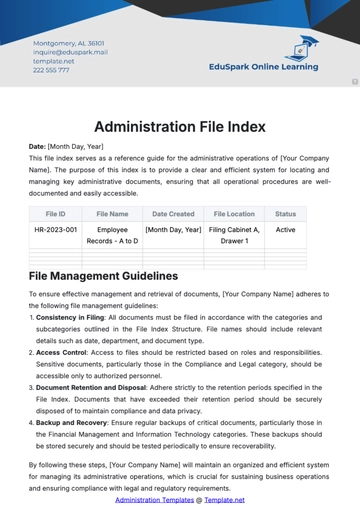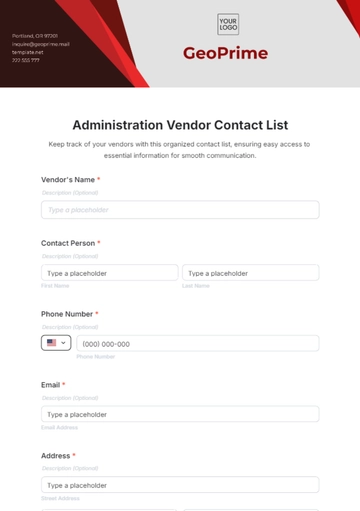Free Administration Corporate Communication Strategy

In today's fast-paced business landscape, effective communication is essential for success. A well-crafted corporate communication strategy serves as a roadmap, guiding organizations in conveying their message clearly and consistently to various stakeholders. From internal updates to customer interactions, communication plays a pivotal role in shaping perceptions and driving business outcomes. In this comprehensive guide, we delve into the intricacies of developing and implementing a robust corporate communication strategy.
1. Understanding the Business
Before embarking on the journey of formulating a corporate communication strategy, it is imperative to gain a deep understanding of the business. This encompasses delving into the company's mission, vision, values, goals, challenges, and target audience. By grasping these fundamental aspects, organizations can lay a solid foundation for their communication endeavors. Understanding the intricacies of the business provides insights into strategic communication priorities, messaging frameworks, preferred communication channels, and key performance indicators (KPIs).
2. Developing Clear Communication Objectives
Once armed with a thorough understanding of the business landscape, the next step involves setting clear communication objectives. These objectives serve as guiding principles, outlining the overarching goals that the communication strategy aims to achieve. Whether it's enhancing brand visibility, fostering employee engagement, nurturing customer relationships, or reinforcing corporate values, every strategic decision should be aligned with these objectives. Clarity in communication objectives ensures focused efforts and facilitates effective measurement of outcomes.
3. Identifying Key Messages
At the heart of every successful communication strategy lies a set of key messages that encapsulate the essence of the brand and resonate with the target audience. These messages should be crafted meticulously, reflecting the organization's values, objectives, and value proposition. Consistency is paramount, ensuring that messages remain coherent across various communication channels and resonate with diverse audience segments. Key messages should be concise, compelling, and capable of eliciting the desired response from stakeholders.
4. Determining Communication Channels
In today's digital era, the array of communication channels available can be overwhelming. From traditional mediums such as face-to-face meetings and printed materials to digital platforms like email, social media, and corporate websites, organizations have a plethora of options at their disposal. The key lies in selecting the most appropriate channels based on the target audience's preferences, communication objectives, and the nature of the messages. Each channel offers unique advantages and caters to specific audience demographics, necessitating a strategic approach to channel selection.
5. Developing a Communication Schedule
A well-structured communication schedule serves as a blueprint, ensuring that messages are disseminated consistently and effectively. The schedule delineates the frequency, timing, and content of communication activities across different channels. To illustrate, let's consider a sample communication schedule:
Channel | Audience | Message | Frequency |
|---|---|---|---|
Employees | Company Updates | Weekly | |
Social media | Customers | Promotions | Daily |
By adhering to a predefined schedule, organizations can maintain a steady cadence of communication, keeping stakeholders informed and engaged.
6. Implementing Strategy
With the communication strategy in place and the schedule finalized, the next phase entails implementation. It is crucial to ensure that all messages are formatted correctly, adhere to brand guidelines, and are disseminated through the appropriate channels. Timeliness is of the essence, with messages being delivered promptly to coincide with relevant events or developments. Whether it's an internal memo, a customer newsletter, or a social media post, meticulous execution is vital to the strategy's success.
7. Employee Communication Training
Employees serve as the frontline ambassadors of the organization, interfacing with stakeholders on a daily basis. Equipping them with the necessary communication skills is therefore paramount. Communication training programs should be tailored to address specific roles and responsibilities, aligning employees with the company's communication objectives, channels, messages, and etiquette. By fostering a culture of effective communication, organizations can amplify their messaging and enhance stakeholder relationships.
8. Managing Stakeholder Relations
Successful communication extends beyond mere dissemination of information; it involves nurturing meaningful relationships with key stakeholders. Whether it's clients, suppliers, partners, or local communities, proactive stakeholder management is essential. This entails understanding their needs, addressing concerns promptly, soliciting feedback, and fostering a sense of trust and transparency. By prioritizing stakeholder relations, organizations can cultivate lasting partnerships and bolster their reputation in the marketplace.
9. Evaluating and Measuring Results
In corporate communication, continuous evaluation and measurement are imperative. Organizations must gauge the effectiveness of their communication efforts through a combination of qualitative and quantitative metrics. This could involve surveying stakeholder perceptions, tracking social media engagement, analyzing website traffic, or assessing the achievement of initial communication objectives. By leveraging data-driven insights, organizations can refine their strategies, optimize performance, and demonstrate tangible outcomes to stakeholders.
10. Continuous Improvement
The journey towards effective communication is an ongoing process, marked by continuous learning and refinement. Organizations must embrace a culture of continuous improvement, leveraging insights from the evaluation phase to fine-tune their communication strategies. This involves identifying areas of strength and weakness, adapting to evolving market dynamics, exploring emerging communication trends, and seizing new opportunities for engagement. By staying agile and responsive, organizations can stay ahead of the curve and maintain relevance in an ever-changing landscape.
In conclusion, a well-crafted corporate communication strategy is indispensable for organizations seeking to thrive in today's competitive business environment. By understanding the business landscape, setting clear objectives, crafting compelling messages, leveraging appropriate channels, adhering to a structured schedule, and fostering a culture of continuous improvement, organizations can unlock the full potential of their communication efforts. Through effective communication, organizations can forge stronger connections with stakeholders, enhance brand reputation, and drive sustainable growth in the long run.
- 100% Customizable, free editor
- Access 1 Million+ Templates, photo’s & graphics
- Download or share as a template
- Click and replace photos, graphics, text, backgrounds
- Resize, crop, AI write & more
- Access advanced editor
Discover the ultimate solution for crafting flawless corporate communication strategies with Template.net's Administration Corporate Communication Strategy Template. This versatile resource, available exclusively on Template.net, empowers you to streamline your communication efforts effortlessly. Editable and customizable with our AI editor tool, this template ensures precision and professionalism in every communication endeavor. Elevate your strategy today!


